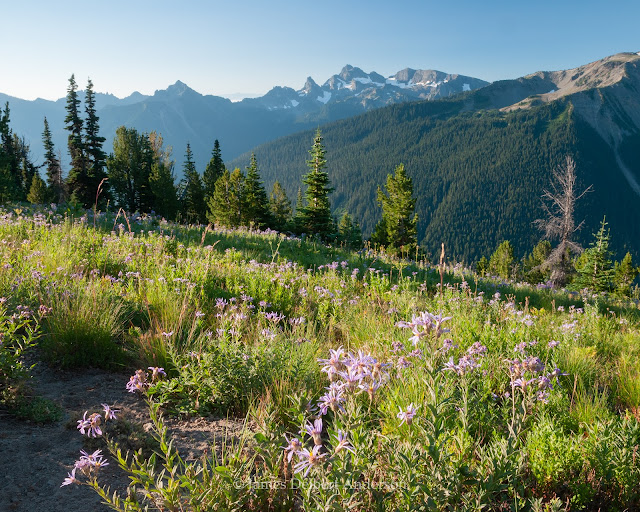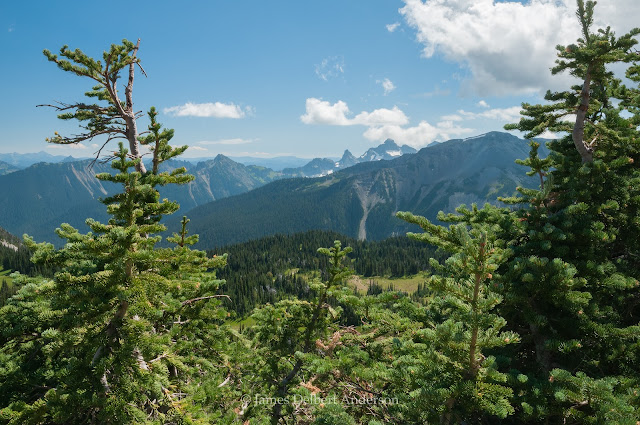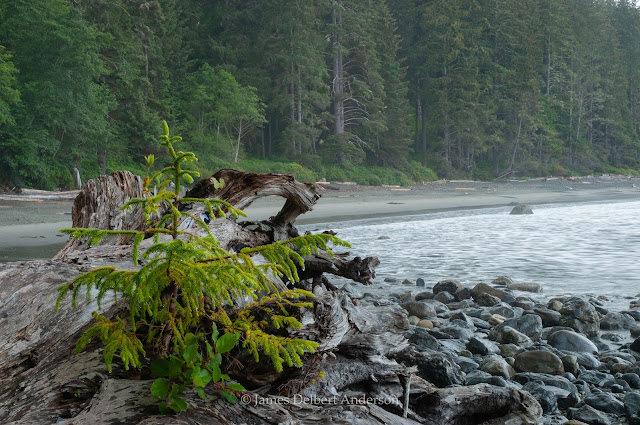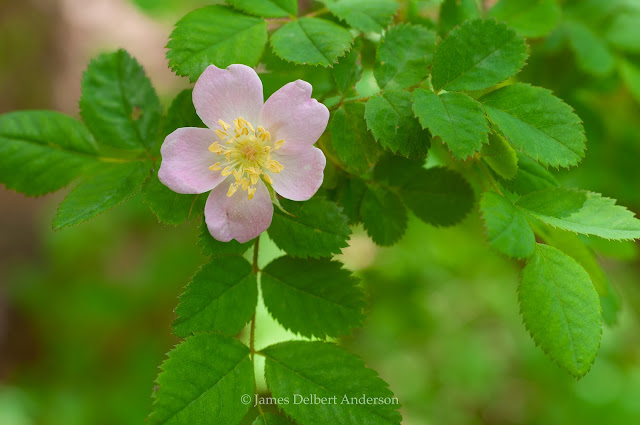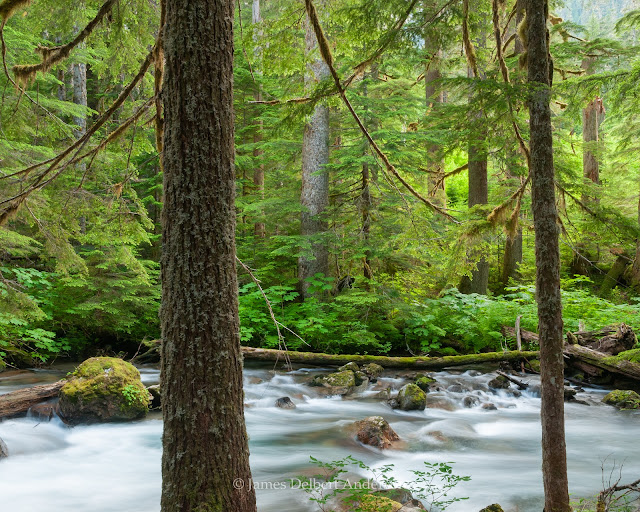With summer conditions and scenery likely coming to a close soon, I've been itching to see some high-country wildflowers at least once this season. Last week, I was able to do so in Mount Rainier National Park, piecing together a day hike from some trails in the Sunrise area. Even at that high elevation, most flowers had gone to seed, but there were a few very nice meadows of aster. And under clear skies, I enjoyed good visibility of Mount Rainier and other peaks in the area.
First, the best meadow of aster that I saw, relatively early in the morning, looking south to what I think is the Cowlitz Chimneys in the center. F/16.
Next, a similar shot with Mount Rainier in the background. The flowers aren't as prominent, so maybe the composition isn't technically as "good," but, well, it has the mountain in it! F/16.
Here's a different perspective of one of the aster meadows, with Mount Rainier again in the background. F/11.
Next, a view down to the White River valley. Clearly, the air in that direction was a bit hazy; usually this annoys me, as I'd prefer the scenery to come through more clearly, but I like the effect of the terrain fading into the distance. The backlighting strengthens this effect. F/16.
Next, a view of Mount Rainier with the White River and the Emmons Moraine visible. I've hiked the Emmons Moraine trail on numerous occasions, which has great views of its own; I enjoyed seeing the topography from a slightly different, loftier perspective. F/14.
The higher terrain around Sunrise is an interesting environment - in contrast to the lush subalpine parkland right around the parking lot, it's stark and open, with stunted trees eventually yielding to rocky slopes and summits with only very small plants. Here's one such scene of small trees near the treeline, with Mount Rainier in the background. F/16.
Finally, a pleasant big-sky view, again looking south toward the Cowlitz Chimneys. I like the framing here; I just wish I had been able to get the camera a bit higher to include more of the view. I had it lower to include more of the sky, but in hindsight, I don't know whether it was the right decision. F/14.
You never know, but that may have been my last chance to photograph wildflowers in 2022. I'm glad I was able to make it happen!
